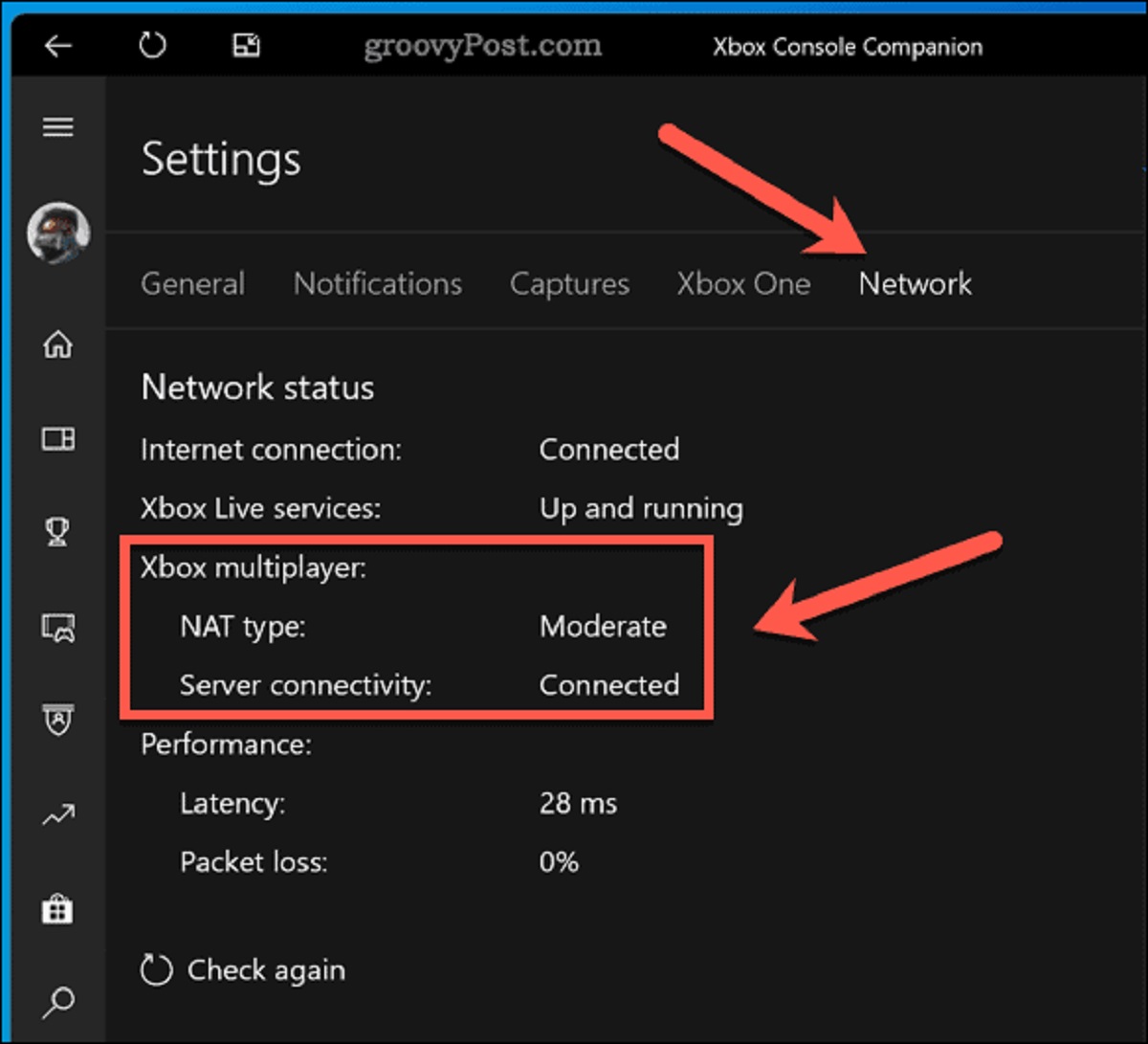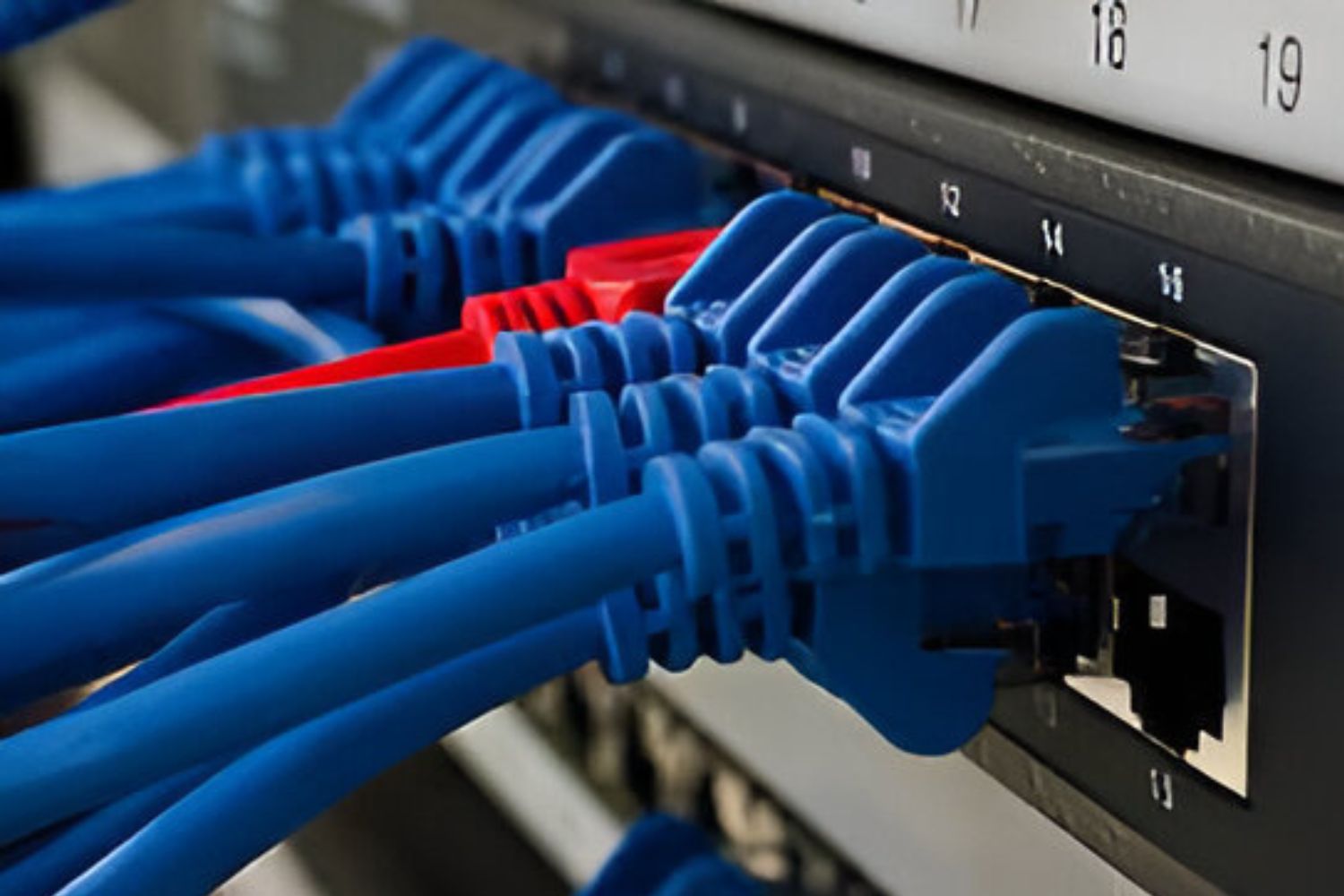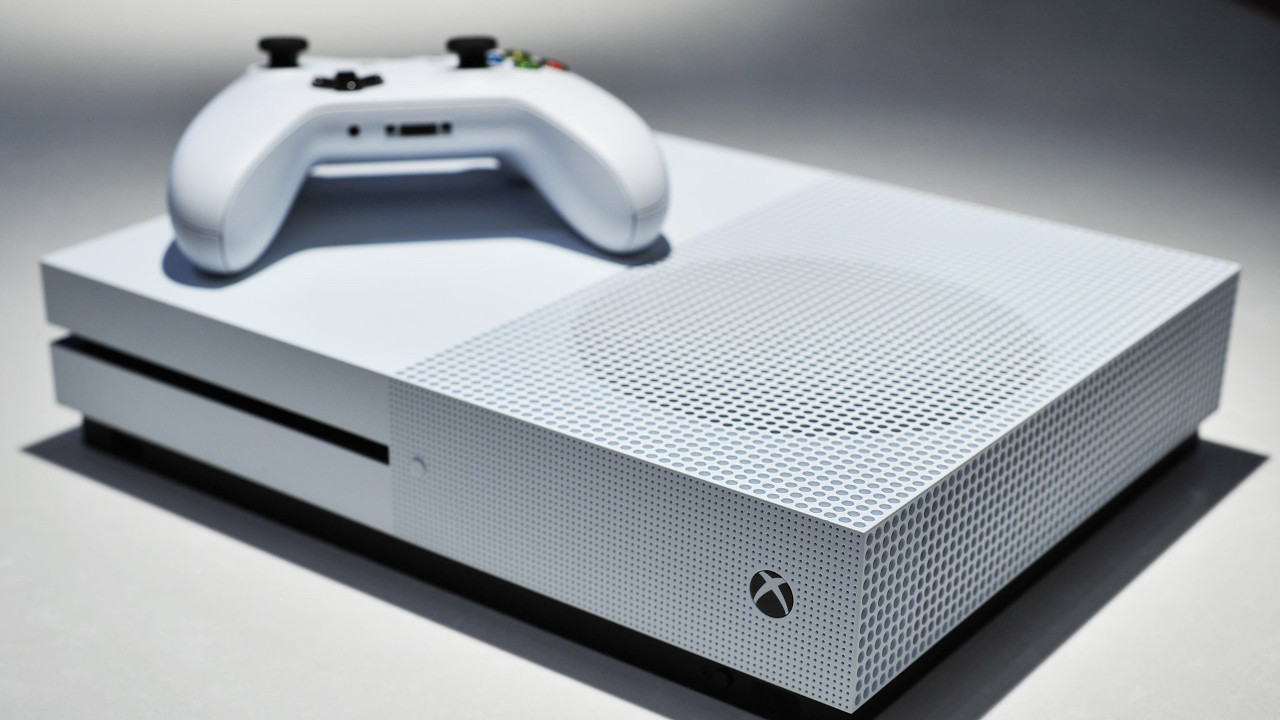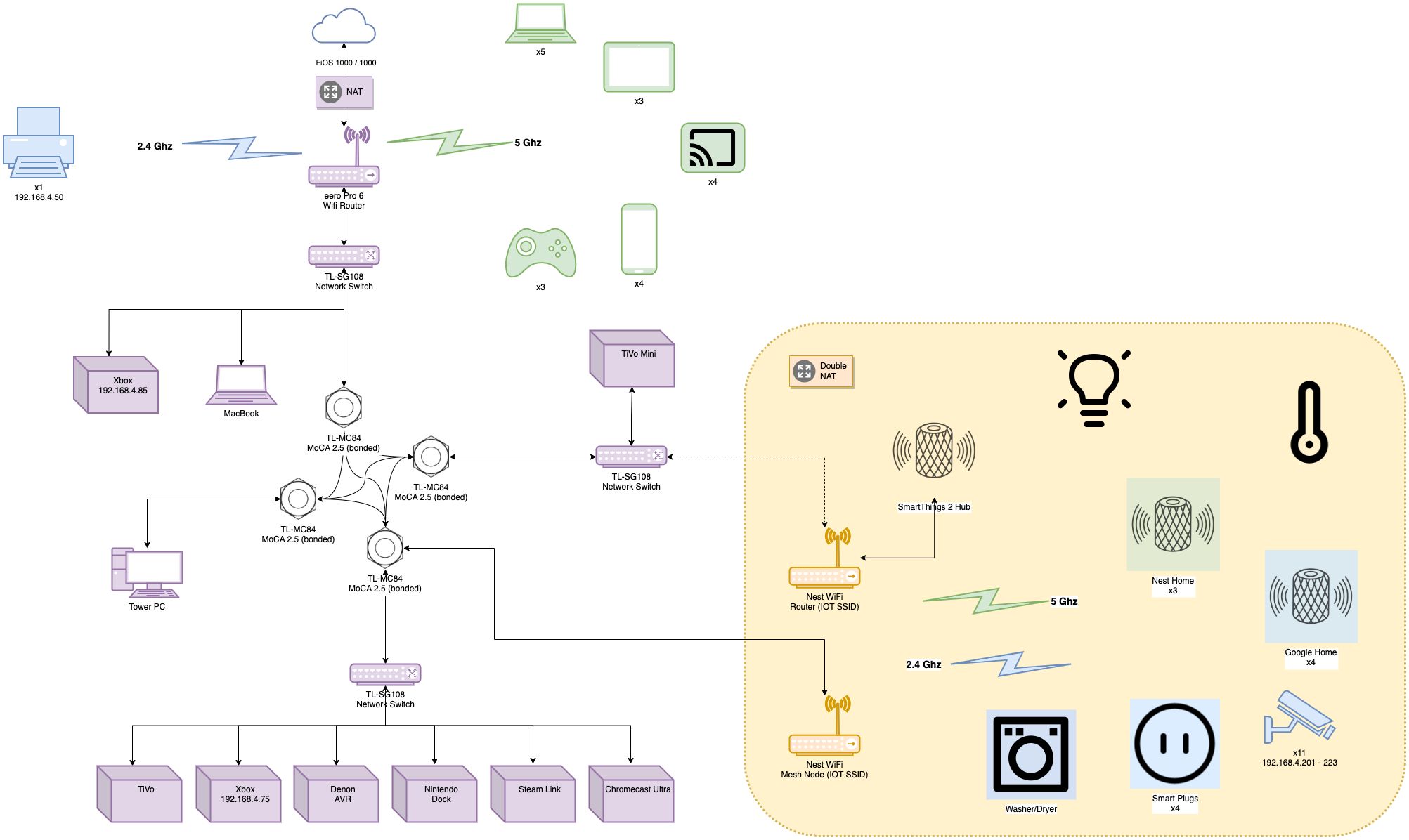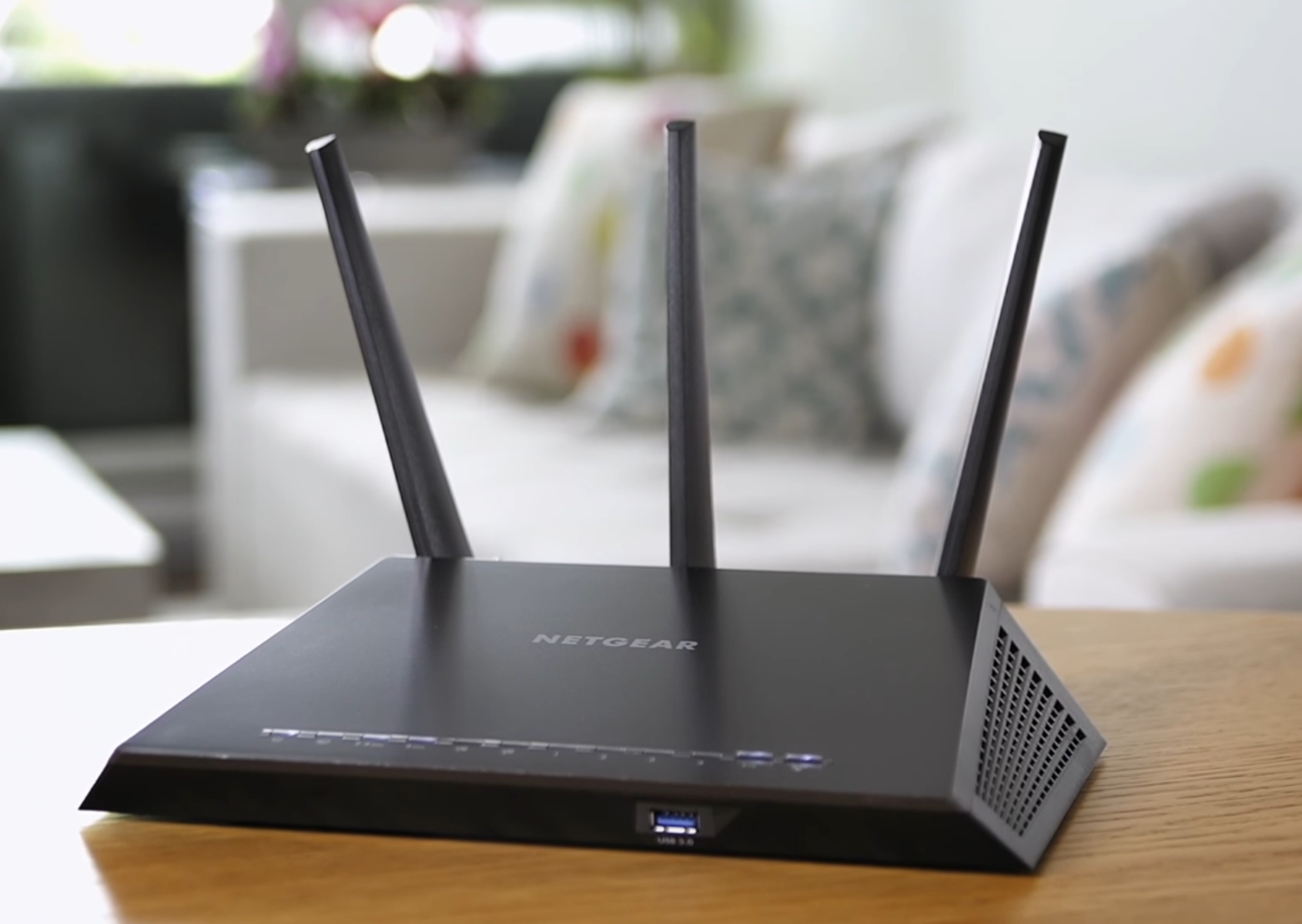What is UPnP?
UPnP, or Universal Plug and Play, is a set of networking protocols that allows devices within a network to seamlessly discover each other and establish functional communication. This technology simplifies the process of connecting devices, making it easier for them to identify and communicate with one another. UPnP is designed to facilitate the automatic configuration of devices, such as computers, smartphones, printers, and network-attached storage (NAS) devices, within a local network environment.
UPnP operates on top of existing network technologies, such as IP, DHCP, and HTTP, to provide a standardized method for devices to discover and interact with each other. It enables devices to automatically establish network services, such as sharing files, printing documents, and streaming media, without requiring manual configuration by the user.
One of the key features of UPnP is its ability to enable seamless communication between devices, allowing them to dynamically join and leave the network as needed. This dynamic and self-configuring nature makes UPnP particularly beneficial for home and small office networks, where users may frequently connect and disconnect devices.
In essence, UPnP simplifies the networking process by automating the discovery and setup of devices within a network, thereby reducing the complexity and effort traditionally associated with configuring networked devices.
By understanding the fundamental concept of UPnP, users can harness the full potential of this technology to streamline the connectivity and communication of their devices within a network environment.
Benefits of Enabling UPnP on Phone Hotspot
Enabling UPnP (Universal Plug and Play) on a phone hotspot offers several notable advantages, especially in the context of device connectivity and network accessibility. Here are the key benefits of utilizing UPnP on a phone hotspot:
Seamless Device Integration
By enabling UPnP on a phone hotspot, users can seamlessly integrate various devices into the network without the need for manual configuration. This means that devices such as gaming consoles, smart TVs, and wireless speakers can effortlessly connect to the hotspot and communicate with each other, enhancing the overall user experience.
Simplified Media Sharing
UPnP facilitates simplified media sharing across devices connected to the phone hotspot. Users can easily stream music, videos, and photos from their smartphones to other UPnP-enabled devices, creating a seamless multimedia ecosystem within the network. This feature is particularly useful for sharing content during social gatherings or family entertainment sessions.
Enhanced Gaming Experience
For gaming enthusiasts, enabling UPnP on a phone hotspot can significantly enhance the gaming experience. It allows gaming consoles to efficiently communicate with the hotspot, enabling multiplayer gaming, voice chat, and other online gaming functionalities without the need for complex network configurations. This seamless integration contributes to a smoother and more enjoyable gaming experience for all players involved.
Effortless Printer Connectivity
With UPnP enabled, users can effortlessly connect printers and other peripheral devices to the phone hotspot. This streamlines the printing process and enables users to easily share a single printer across multiple devices within the network. Whether it's printing documents from a laptop or smartphone, UPnP simplifies the printing experience by eliminating the need for manual setup.
Dynamic Network Configuration
Enabling UPnP on a phone hotspot enables dynamic network configuration, allowing devices to automatically discover and connect to the network services offered by the hotspot. This dynamic nature of UPnP ensures that devices can seamlessly join and leave the network without disrupting the overall connectivity, providing a flexible and user-friendly networking environment.
Streamlined File Sharing
UPnP on a phone hotspot simplifies file sharing among connected devices. Users can effortlessly transfer files and documents between smartphones, tablets, and computers within the network, enhancing productivity and collaboration. This feature is particularly valuable in scenarios where users need to quickly share files without the hassle of configuring complex network settings.
In summary, enabling UPnP on a phone hotspot offers a myriad of benefits, including seamless device integration, simplified media sharing, enhanced gaming experiences, effortless printer connectivity, dynamic network configuration, and streamlined file sharing. These advantages collectively contribute to a more efficient, interconnected, and user-friendly network environment, making UPnP an invaluable feature for users seeking to optimize their phone hotspot for diverse connectivity needs.
Optimization Tips for Enabling UPnP on Phone Hotspot
When it comes to optimizing UPnP on a phone hotspot, several key tips can significantly enhance the overall network performance and user experience. By implementing these optimization strategies, users can ensure seamless connectivity and efficient device interaction within the network environment.
1. Firmware Updates
Regularly updating the firmware of the phone hotspot is crucial for maintaining compatibility with UPnP protocols and ensuring optimal functionality. Manufacturers often release firmware updates to address security vulnerabilities, improve network stability, and enhance feature support. By keeping the hotspot's firmware up to date, users can mitigate potential compatibility issues and ensure that UPnP operates smoothly across connected devices.
2. Network Security Considerations
While enabling UPnP offers convenience, it's essential to prioritize network security. Users should implement strong passwords for their phone hotspots to prevent unauthorized access. Additionally, enabling encryption protocols, such as WPA2, can bolster the security of the network. By maintaining robust security measures, users can confidently leverage UPnP without compromising the integrity of their network.
3. Device Compatibility Checks
Before enabling UPnP on the phone hotspot, it's advisable to verify the compatibility of connected devices with UPnP protocols. Certain older or specialized devices may exhibit limited support for UPnP, potentially leading to connectivity issues. By ensuring that all devices within the network are compatible with UPnP, users can avoid potential interoperability challenges and promote seamless communication among connected devices.
4. Bandwidth Management
Effective bandwidth management is essential for optimizing the performance of UPnP-enabled devices on the phone hotspot. Users can prioritize bandwidth allocation for specific devices or services, such as gaming consoles or media streaming devices, to ensure a smooth and uninterrupted user experience. By strategically managing bandwidth utilization, users can prevent network congestion and optimize the overall functionality of UPnP-enabled devices.
5. Network Monitoring Tools
Employing network monitoring tools can provide valuable insights into the performance and activity of UPnP-enabled devices within the network. These tools enable users to identify potential network bottlenecks, monitor data traffic, and troubleshoot connectivity issues effectively. By leveraging network monitoring tools, users can proactively optimize the network environment and address any potential issues that may impact UPnP functionality.
6. Quality of Service (QoS) Configuration
Implementing Quality of Service (QoS) configurations on the phone hotspot can enhance the prioritization of UPnP traffic, ensuring that critical network services receive the necessary bandwidth and resources. By configuring QoS settings to prioritize UPnP-related traffic, users can optimize the performance of devices utilizing UPnP protocols, thereby improving the overall responsiveness and reliability of network-connected applications and services.
7. Regular Network Maintenance
Routine network maintenance, including periodic device reboots, clearing of network caches, and inspection of network settings, can contribute to the efficient operation of UPnP on the phone hotspot. By performing regular maintenance tasks, users can mitigate potential network issues, optimize network performance, and ensure the seamless operation of UPnP-enabled devices within the network environment.
By incorporating these optimization tips, users can maximize the benefits of UPnP on their phone hotspots, fostering a robust and efficient network ecosystem that supports seamless device integration, media sharing, gaming experiences, and dynamic network configuration. These strategies empower users to harness the full potential of UPnP while maintaining a reliable and optimized network environment.









